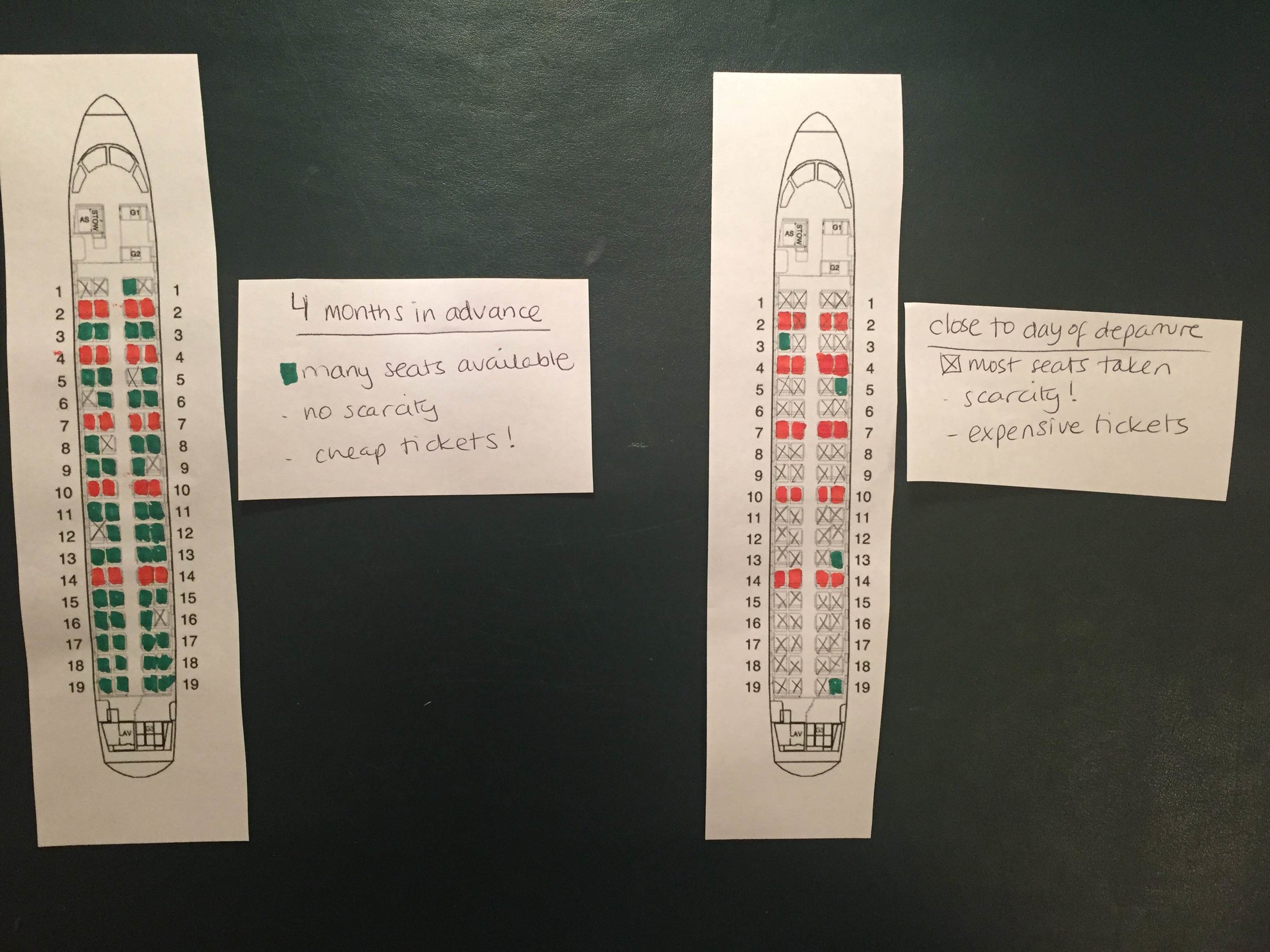Learn to Study Using... Concrete Examples
By: Yana Weinstein & Megan Smith
This is the fifth in a series of six posts designed to help students learn how to study effectively. The purpose is to provide students with a resource that can help them take charge of their own learning. So far, we have posted on:
Today’s post is about concrete examples – that is, using specific examples to understand abstract ideas.
Why do you need concrete examples?
Abstract ideas can be vague and hard to grasp. Moreover, human memory is designed to remember concrete information better than abstract information (1). To really nail down an abstract idea, you need to solidify it in your mind. You can do this by being specific and concrete.
Take “scarcity” as an example of an abstract idea. Scarcity can be explained as follows: the rarer something is, the higher its value will be. But this description contains a lot of vague terms, such as “rarer” and “value”. How can we make this idea more concrete? We could use a specific example to illustrate the idea.
Think about an airline company. If you were to try and book a flight four months in advance, the ticket prices would probably be pretty reasonable. But as it gets closer to the date of travel, there will be fewer seats left on the plane (the seats are more rare). This scarcity drives up the cost (value) of the tickets. This is a concrete example of scarcity, which is an abstract idea.
So, when you’re studying, try to think about how you can turn ideas you’re learning into concrete examples. Making a link between the idea you’re studying and a vivid, concrete example can help the lesson stick better.
Where can you find concrete examples?
- Collect examples your teacher mentions in class
- Search your books, notes, and other classroom materials for additional examples
- Look out for examples around you as you go about your day
- Share examples with friends
But be careful – not all examples you come up with are going to be equally accurate and relevant to the idea you’re trying to study. Sometimes, it might be hard to tell a good example from a bad one – especially if you’re fairly new to a topic. It’s important to make sure your examples are correct. Ultimately, creating your own relevant examples will be the most helpful for learning; but before you get to that stage, if possible, always verify your examples with an expert.
References:
(1) Paivio, A., Walsh, M., & Bons, T. (1994). Concreteness effects on memory: When and why? Journal of Experimental Psychology: Learning, Memory, and Cognition, 20, 1196-1204.



